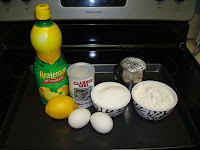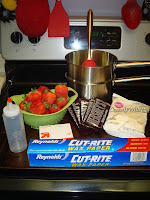The main difference among flour types is in the gluten content, which varies depending on whether the flour is made from hard wheat or soft wheat. Gluten is the protein that helps yeast stretch and rise. To achieve the best baking results, use the type of flour a recipe specifically calls for.
All-purpose flour is designed for a number of uses, including cookies, quick breads, biscuits, and cakes. A mixture of high-gluten hard wheat and low-gluten soft wheat, it comes in both bleached and unbleached forms, which can be used interchangeably.
Bread flour is an unbleached, high-gluten blend of mostly hard wheat and is best used in yeast breads.
Cake flour is made predominantly of soft wheat. Its fine texture and high starch content make it ideal for making tender cakes, cookies, biscuits, and pastries that do not need to stretch and rise much.
Pastry flour is similar to cake flour but has a slightly higher gluten content. This aids the elasticity needed to hold together the buttery layers in flaky doughs such as croissants, puff pastry, and pie crusts.
Self-rising flour is all-purpose flour that has had baking powder and salt added to it. Use it in yeast bread recipes in place of all-purpose flour by omitting salt, and in quick bread recipes by omitting salt and baking powder.
(Found on TLC Cooking "Baking Flour facts")










 to them can help curve the tartness. At grocery stores, or specialty candy stores, a dozen strawberry's can cost you $14 or more! Making them at home is easy, fun, and much less expensive.
to them can help curve the tartness. At grocery stores, or specialty candy stores, a dozen strawberry's can cost you $14 or more! Making them at home is easy, fun, and much less expensive.










